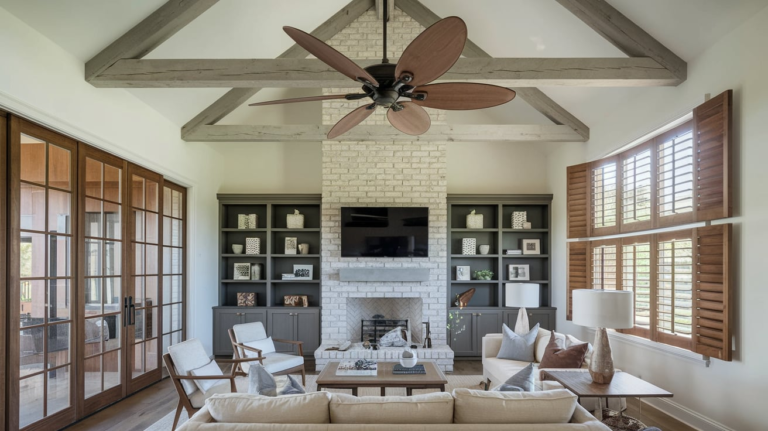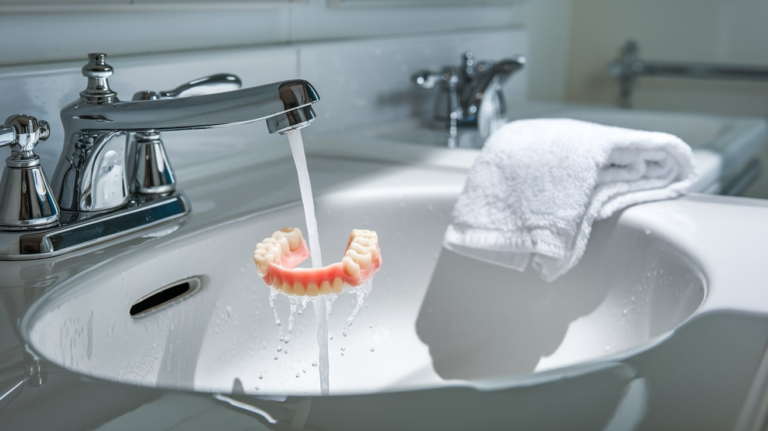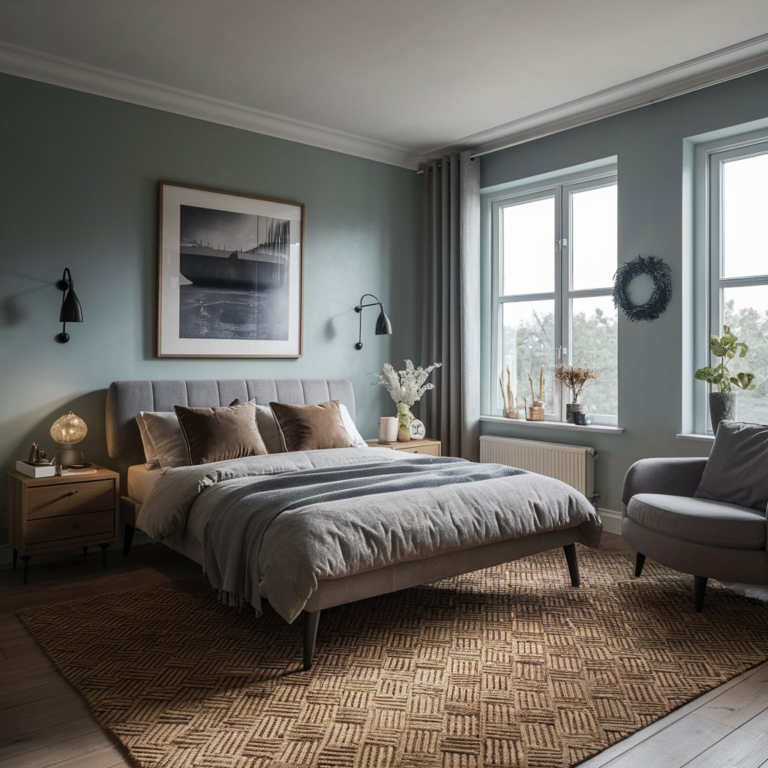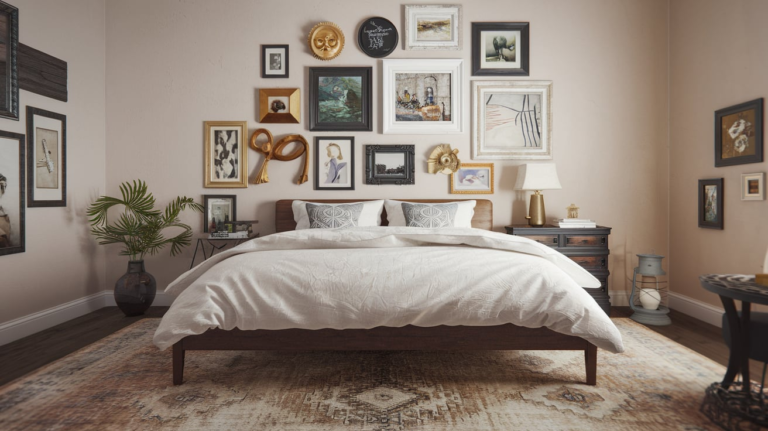22 Playroom Kids Ideas for Creative & Fun Designs for All Spaces
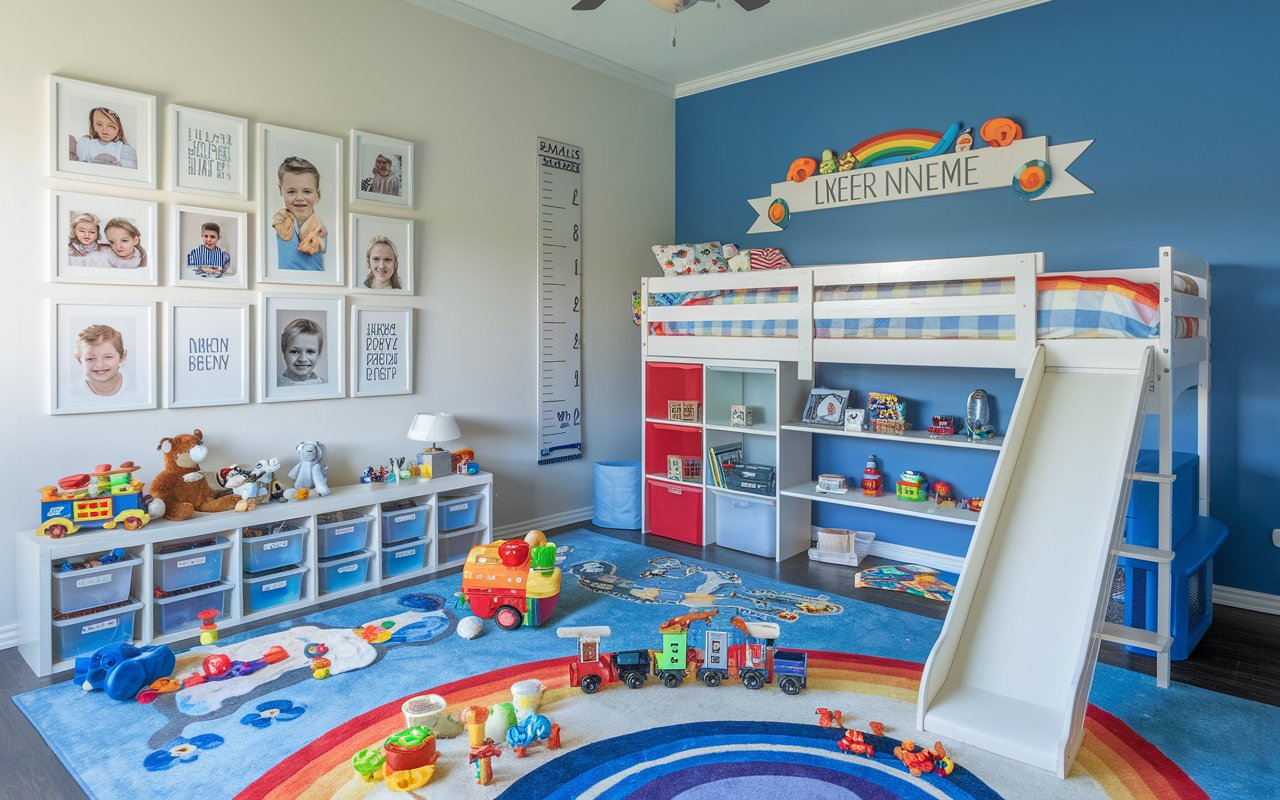
A child’s playroom isn’t just a room—it’s a universe waiting to be explored. Imagine a space where imagination runs wild, where toys come to life, and where dreams take shape.
Whether you have a small corner of a room or an entire floor to transform, designing the perfect playroom for your little one doesn’t need to be overwhelming. With the right approach, you can create a world that sparks joy, creativity, and endless fun.
1. Themed Play Zones
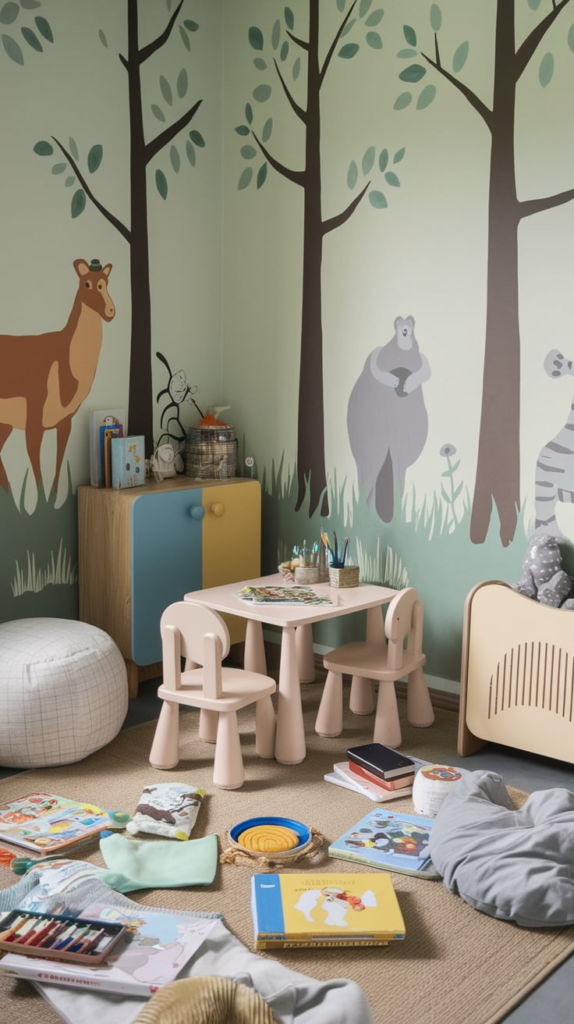
One of the most exciting ways to design a playroom is to create dedicated areas based on your child’s interests. From a pirate ship to a space station, themed zones instantly transport kids into a world of adventure.
For example:
- Pirate Zone: Use a large bookshelf as the ship’s deck, add a treasure chest, and hang a pirate flag.
- Space Zone: Paint the walls with stars and planets, use a spaceship-shaped play tent, and add glow-in-the-dark stickers for that true cosmic feel.
Themed playrooms help children engage more deeply in their play, enhancing their creativity.
2. Interactive Wall Features
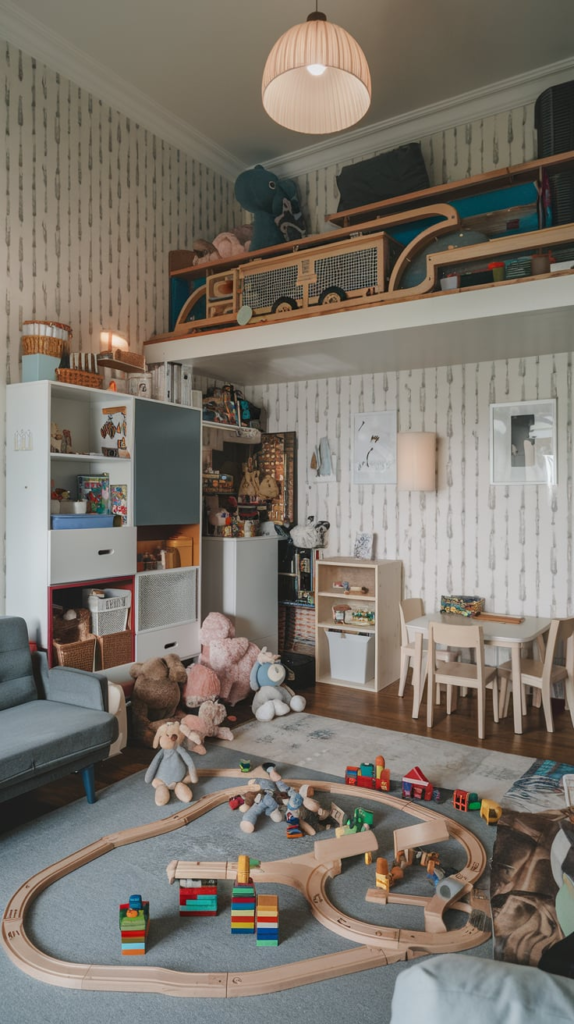
Imagine a wall that isn’t just a backdrop but a canvas for play. Interactive walls are an excellent way to maximize your space, adding both functionality and fun.
- A chalkboard wall allows kids to draw, write, or even play games like tic-tac-toe.
- Magnetic walls are perfect for sticking up letters, numbers, or shapes, letting your little one create whatever they imagine.
- Pegboards are another great option—these can hold toys, art supplies, or even become an evolving art display.
Interactive walls don’t just save space—they turn any room into a playground of ideas.
3. Colorful, Custom Furniture
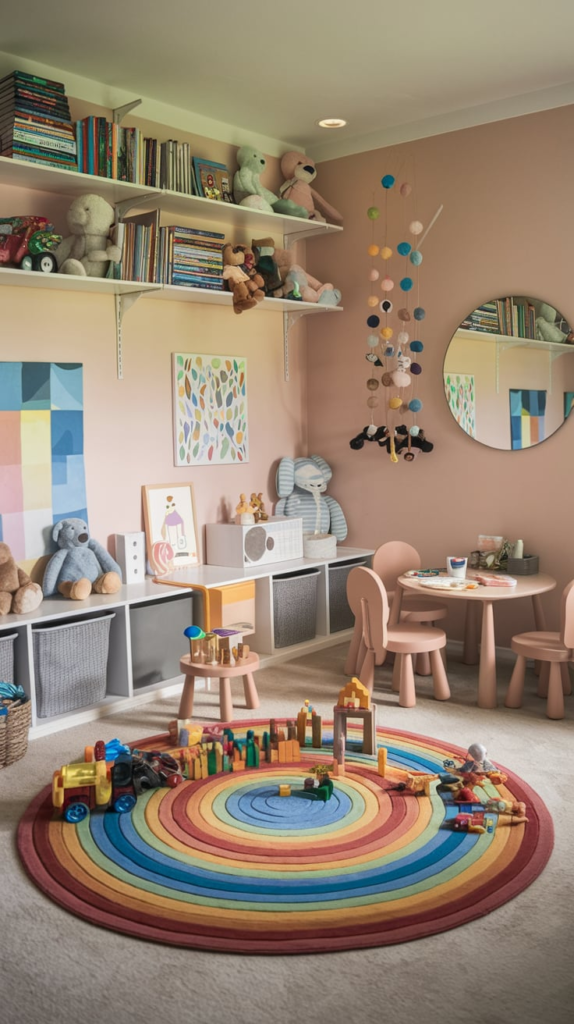
Furniture doesn’t have to be boring. In fact, creative furniture can double as a toy and a design element. Look for options that combine playfulness and functionality.
- Convertible furniture such as a table that turns into a play surface or a bed that doubles as a sofa for lounging.
- Storage ottomans that come in fun shapes like animals or cars can be used to store toys while adding personality to the room.
- A modular sofa that’s easy to rearrange into different shapes can be a great base for free-form play and lounging.
Custom furniture can make even the simplest playroom feel like a mini wonderland.
4. Soft Play Areas
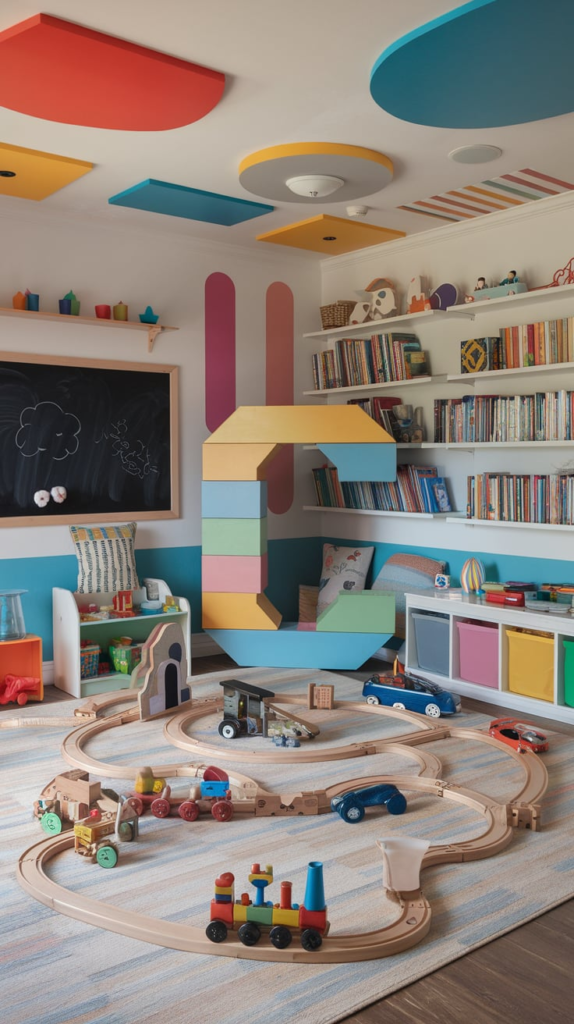
Every playroom needs a place for comfort and safety. Soft play areas allow kids to jump, tumble, and play freely without the risk of injury.
- Foam mats in bright, bold colors can create a safe surface for play.
- Cushioned play zones with bean bags, pillows, and plush rugs can transform a corner into a cozy reading nook or a soft space for imaginative play.
- Consider creating a tunnel system with soft play tents or inflatable tunnels to encourage active, physical play.
A soft play area allows your child to be as adventurous as they want, while still staying safe and comfortable.
5. Storage That’s Fun and Functional

Let’s face it—kids come with a lot of stuff. The trick is storing it in a way that’s easy to access and organized, while keeping the space visually appealing.
- Toy bins in a rainbow of colors can make tidying up a fun game rather than a chore.
- Open shelving lets kids see and grab their toys on their own, fostering independence.
- Hanging storage options like hammocks or fabric pouches are ideal for storing stuffed animals or smaller toys.
The key is to make storage part of the fun, so kids learn to keep their play area neat while enjoying the process.
6. Incorporate Natural Elements
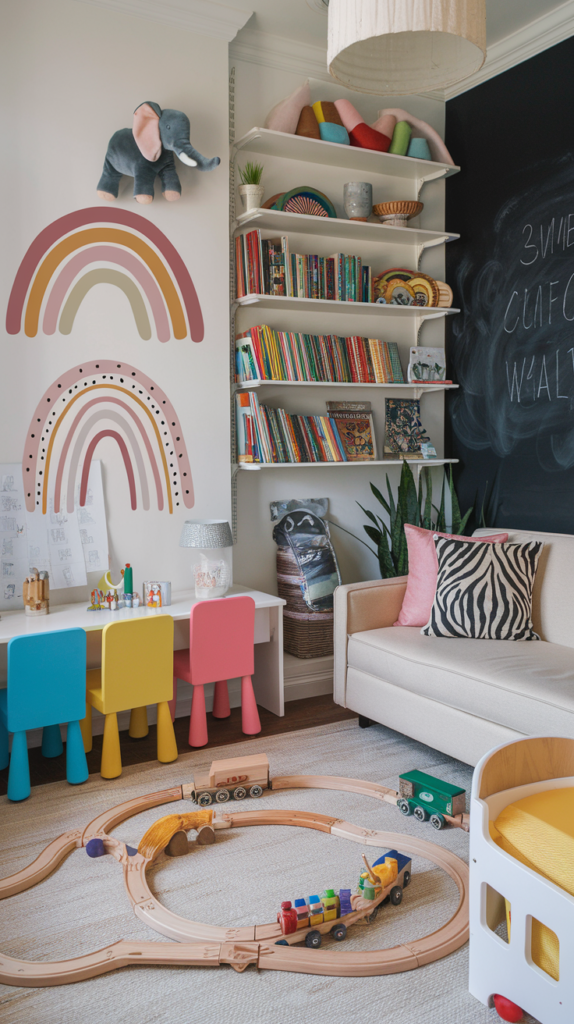
Nature has a calming and inspiring effect. Bring the outdoors into your child’s playroom with natural materials and elements.
- Wooden toys and furniture give the room a warm, organic feel.
- Plants in safe, non-toxic varieties can brighten the space and teach kids about caring for living things.
- Adding natural light with plenty of windows or even string lights can make the room feel open and airy.
By blending natural elements, you can create a playroom that feels welcoming and grounded.
7. Built-In Features

If you’re remodeling or starting from scratch, consider built-in features to maximize space and functionality.
- Bookshelves that double as climbing walls: Perfect for active kids who love a challenge.
- Hidden compartments built into the walls or floor to store extra toys when they’re not in use.
- Custom-made bunk beds with an integrated play area underneath, creating a cozy hideaway for your little adventurer.
Built-ins can turn a simple room into an all-in-one play and relaxation zone.
8. Creative Lighting
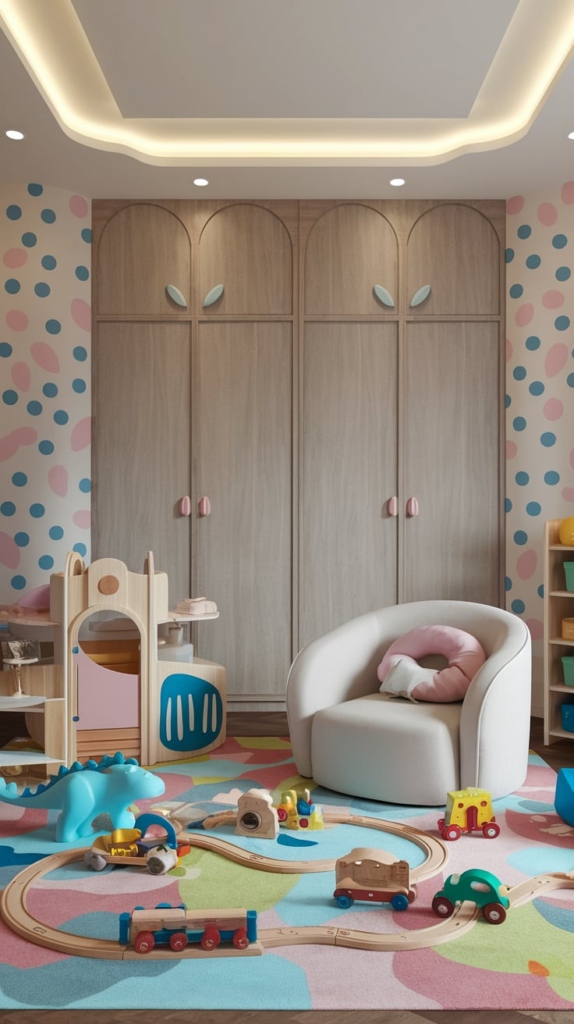
Lighting sets the tone of any space, and in a playroom, it can be used to make the environment feel magical.
- Fairy lights or LED strips in fun shapes or colors can add an enchanting glow to the room.
- Consider pendant lights with quirky designs like clouds or animals to make the space feel playful.
- A projector can create stars on the ceiling, turning any night into an adventure in the galaxy.
Lighting can transform your playroom from ordinary to extraordinary, creating the perfect atmosphere for imaginative play.
9. Art Stations

Kids love expressing themselves through art, so why not create a designated art station?
- Set up an area with easel stands, paper rolls, and markers for endless creative possibilities.
- Keep the area stocked with non-toxic paints, crayons, and craft supplies to encourage self-expression.
- Display their artwork on the walls, turning the room into a gallery of their creativity.
An art station not only keeps kids busy but also helps them develop fine motor skills and build confidence.
10. Reading Nooks
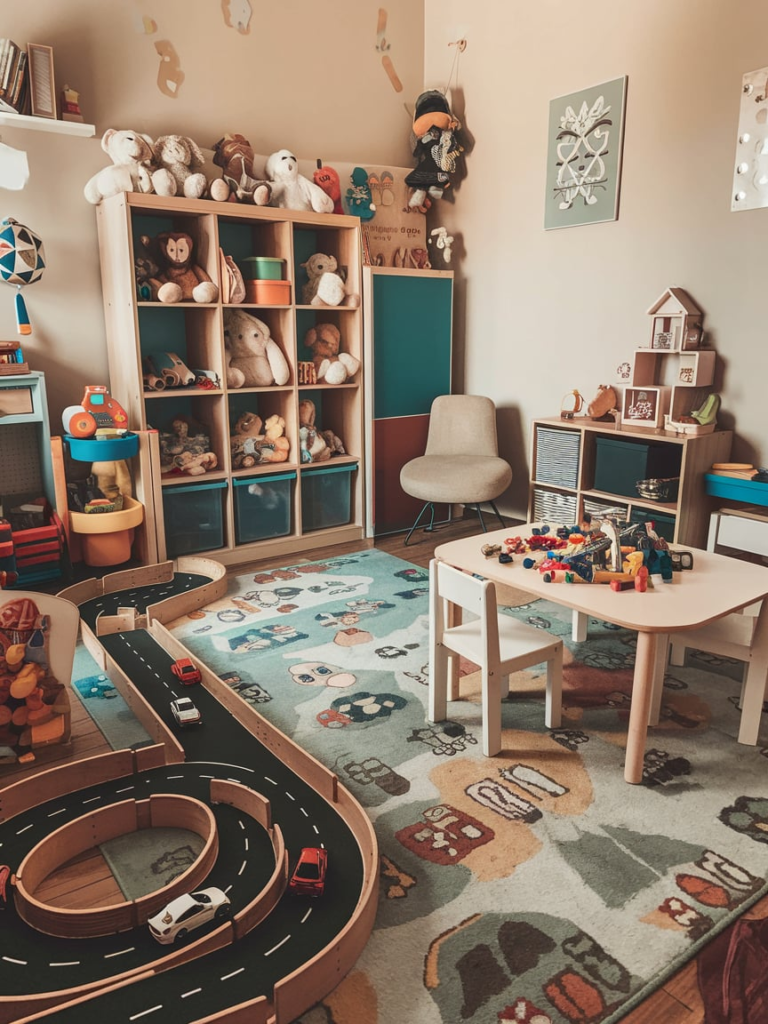
Every playroom should have a quiet space where kids can retreat with a good book. A reading nook can be both cozy and visually appealing.
- Create a small tent or canopy with soft pillows and a collection of books.
- Use bookshelves in fun shapes, such as a tree or house, to display your child’s favorite stories.
- If space allows, add a soft chair or bean bag for ultimate relaxation.
A reading nook encourages kids to develop a love for books while providing a quiet escape when they need it.
11. Interactive Floor Space

The floor is often the most underutilized area of a room. Make it an integral part of the play experience with interactive flooring.
- Use play rugs with maps, roads, or alphabet designs that invite kids to engage in floor-based games.
- Add foam floor tiles that can be rearranged to create paths, shapes, or patterns.
- Incorporate floor-based games like checkers or hopscotch.
Interactive floors help children develop both their creativity and motor skills, all while staying active.
12. Sensory Play Areas
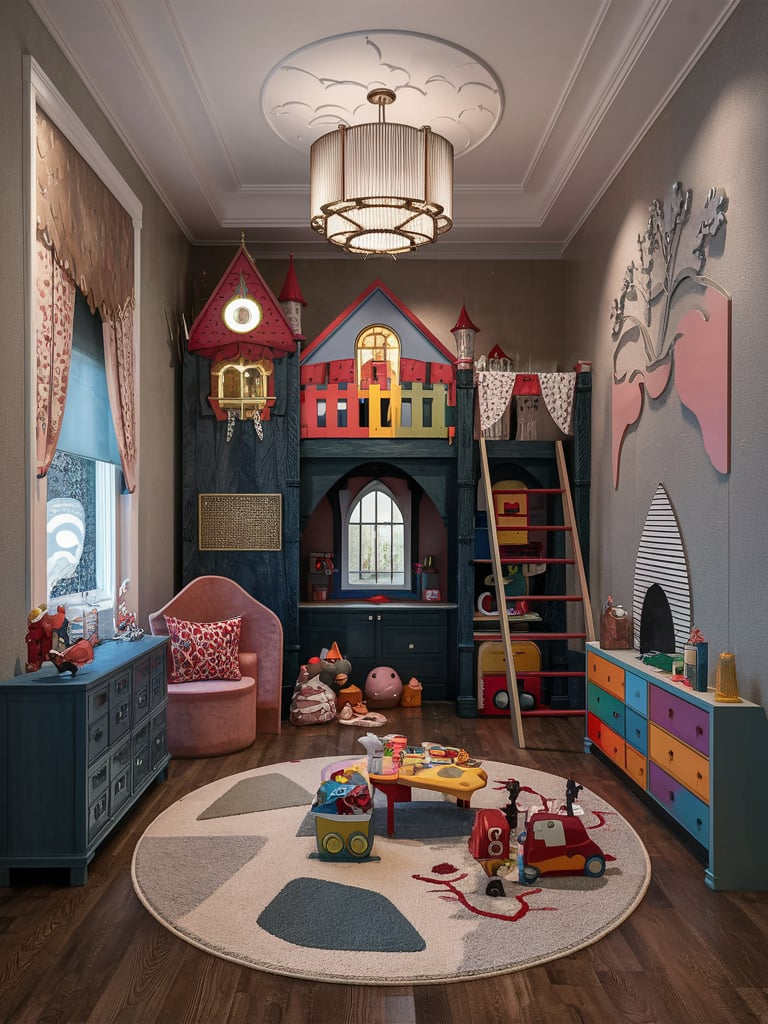
Sensory play is essential for a child’s development. A sensory play area can help engage all five senses, promoting learning through exploration.
- Set up a sand pit or water table for tactile experiences.
- Include scented playdough, textured fabrics, or even musical toys to stimulate their sense of touch, smell, and hearing.
- You can also use mirrors and light projections to engage the sense of sight.
Sensory play areas provide endless learning opportunities, helping kids explore the world around them.
13. Play Kitchen

A play kitchen is a timeless addition to any playroom. Kids love mimicking the behaviors of the adults around them, and a kitchen set allows them to do just that.
- Invest in a compact, realistic play kitchen with all the essentials like a stove, oven, and sink.
- Add play food and kitchen accessories so they can create pretend meals.
- You can even include a small dining table or picnic area for them to serve their creations.
A play kitchen is a great way to encourage imaginative play and even teaches children about cooking and sharing.
14. Climbing Structures

If you have enough space, consider adding a climbing structure to your playroom. These items help kids develop strength, coordination, and a sense of adventure.
- Install a rope ladder, climbing wall, or balance beam for older kids.
- For younger children, a soft play climbing set is ideal for developing motor skills in a safe environment.
Climbing structures can turn a playroom into an exciting gymnastics studio.
15. Music Corner
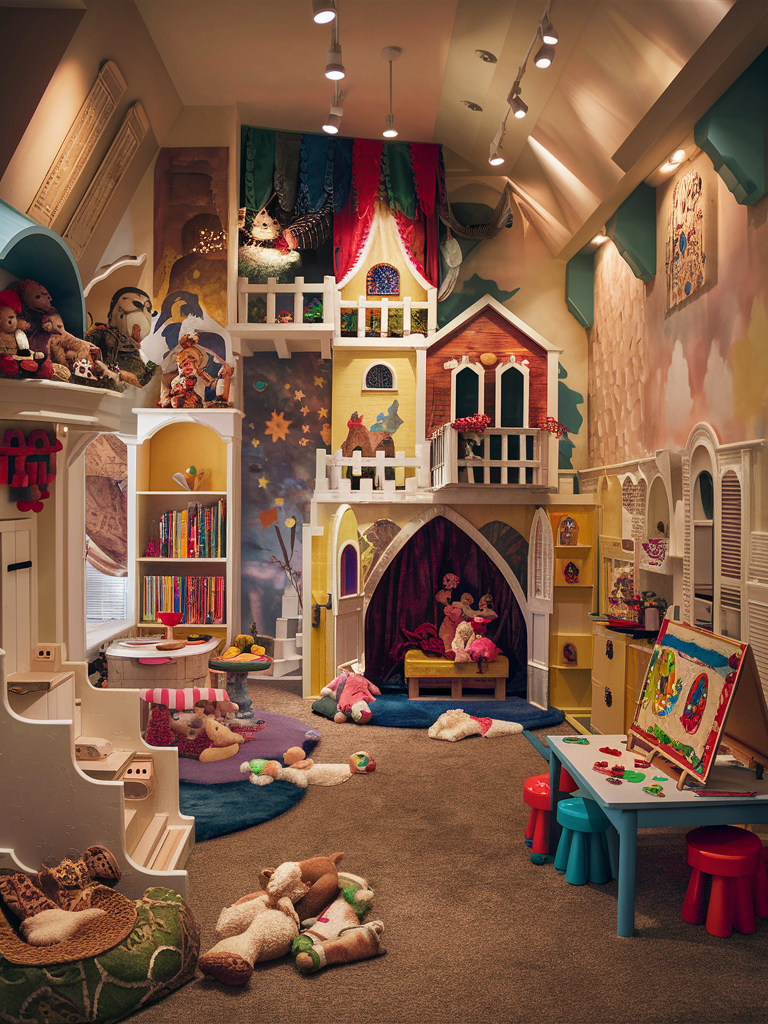
For kids who love music, a music corner is the perfect way to nurture their interest in rhythm and sound.
- Set up a mini instrument station with a xylophone, tambourine, and keyboard.
- Consider wall-mounted instruments like drums or bells for easy access.
- Add a few music-themed decor items like musical note wall decals for added flair.
A music corner fosters creativity and can even introduce kids to the joys of playing instruments.
16. Multi-Use Furniture
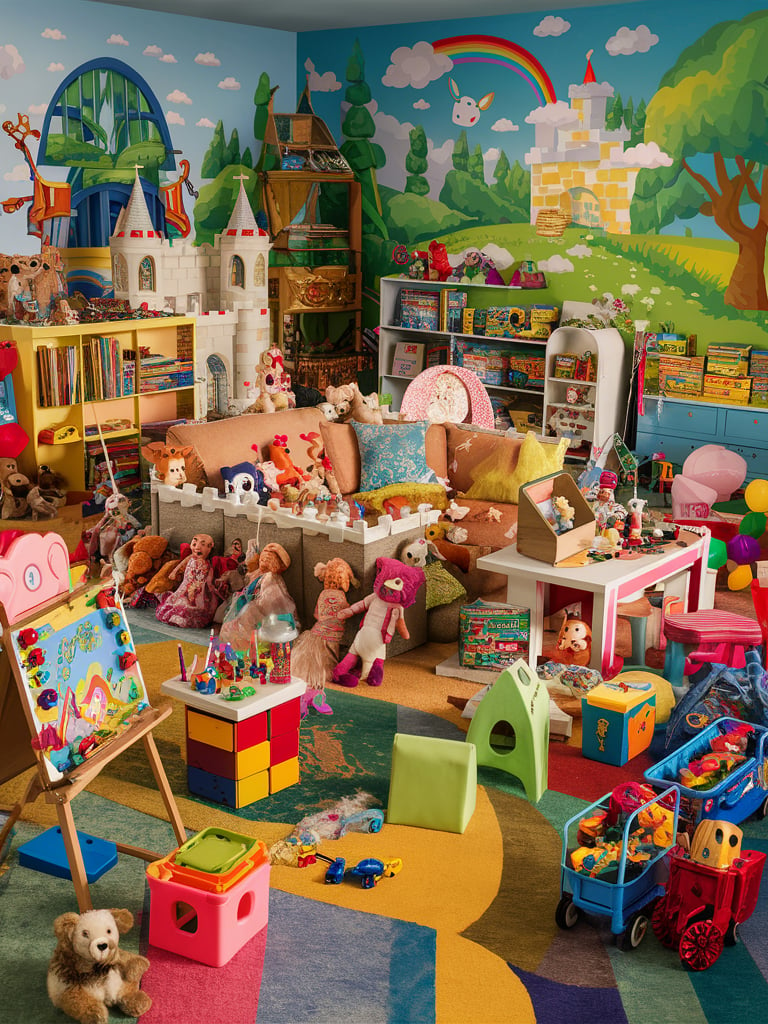
When space is limited, multi-use furniture is a lifesaver. Opt for pieces that serve more than one purpose to maximize your playroom’s efficiency.
- Look for folding tables that can be used for crafts, meals, or games.
- A bunk bed with a desk underneath can save floor space while providing a sleeping and studying area.
- Storage benches can hold toys while also serving as a place to sit.
Multi-use furniture keeps the room functional while offering the flexibility to adapt to your child’s changing needs.
17. Interactive Play Mats

Interactive play mats are fantastic tools for enhancing imaginative play. They can turn any floor space into a miniature world of adventure.
- Choose mats with roads, cities, or forests, so kids can create their own stories with cars, animals, or figurines.
- Pick mats that are soft and easy to clean, making them durable for active play.
These mats are perfect for encouraging creative thinking and role-playing.
18. Personalized Decor

Personalizing the space makes it feel truly special. Add touches that reflect your child’s unique interests and personality.
- Custom wall art with their name or favorite characters can make the room feel like their own personal kingdom.
- Personalized bedding or throw pillows adds a cozy and welcoming touch.
- Consider family photo walls or a memory board that showcases milestones and special moments.
Personalized decor makes the room feel like a place that was created just for them.
19. Mess-Free Craft Station
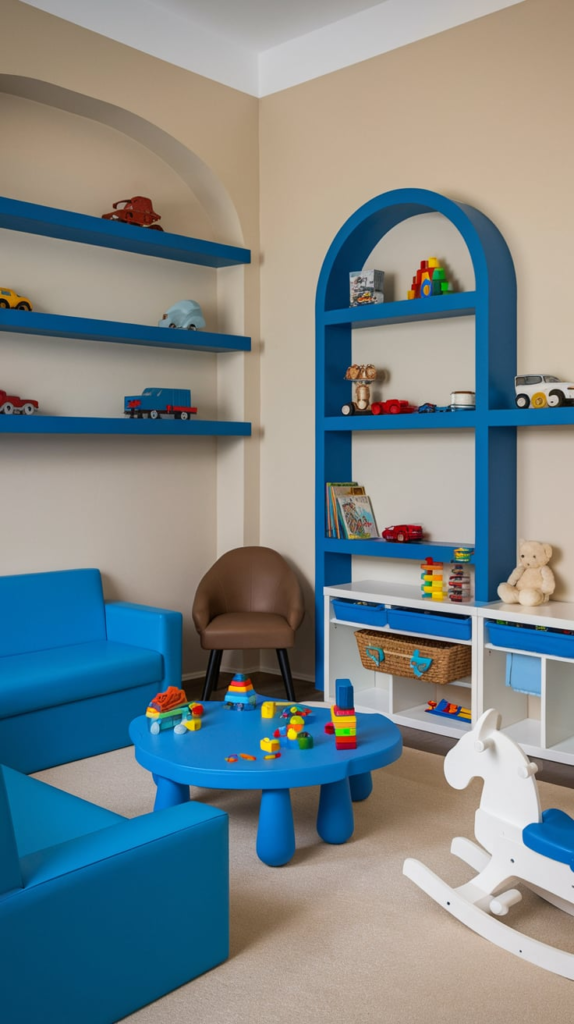
Craft time can be messy, but it doesn’t have to be chaotic. Create a mess-free craft station where kids can express their creativity without leaving a trail of supplies behind.
- Use clear containers for easy access to markers, paper, and glue sticks.
- Set up a drop cloth or mat that can easily be cleaned.
- Keep extra supplies in labeled bins so the mess stays organized.
A craft station lets your child’s creativity flow without the stress of cleaning up afterward.
20. Outdoor Play Integration

If your playroom connects to the outdoors, make sure to integrate it seamlessly into the design.
- Add a balcony play area with a small slide or sandbox.
- Create an outdoor playhouse or treehouse that mirrors the design of the indoor playroom.
- Consider outdoor mats or flooring that are safe for both indoor and outdoor activities.
Bringing the outdoors in and vice versa extends the playroom into an ever-changing space.
21. Mini Library

If your child loves books, a mini library is a must-have in the playroom.
- Set up a reading area with bookshelves that store a variety of books.
- Arrange a cozy reading chair or cushion for them to curl up with their favorite stories.
- Include book-themed decorations to reinforce the love of reading.
A mini library encourages reading and learning, offering a quiet retreat for children to explore new worlds.
22. Interactive Toy Stations
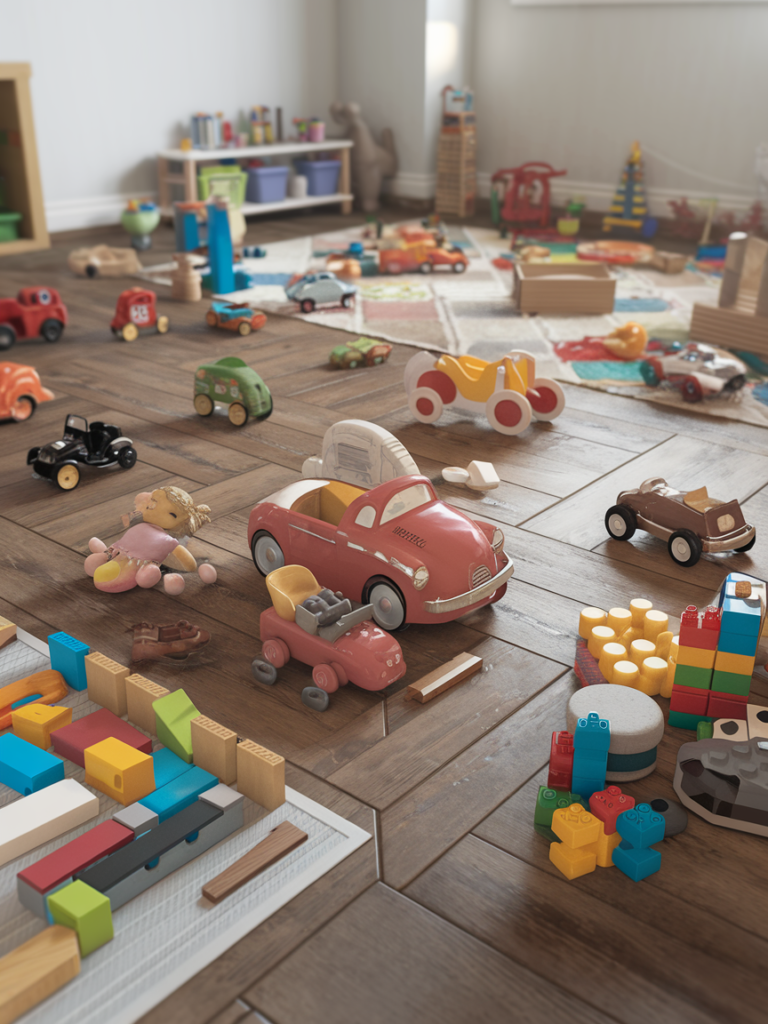
Lastly, create interactive toy stations that encourage problem-solving and hands-on learning.
- Set up areas for building blocks, puzzles, or science kits that spark creativity and critical thinking.
- Have a robot station with interactive toys that teach coding or engineering basics.
Interactive toy stations help kids develop cognitive skills while keeping them engaged in fun activities.
Conclusion
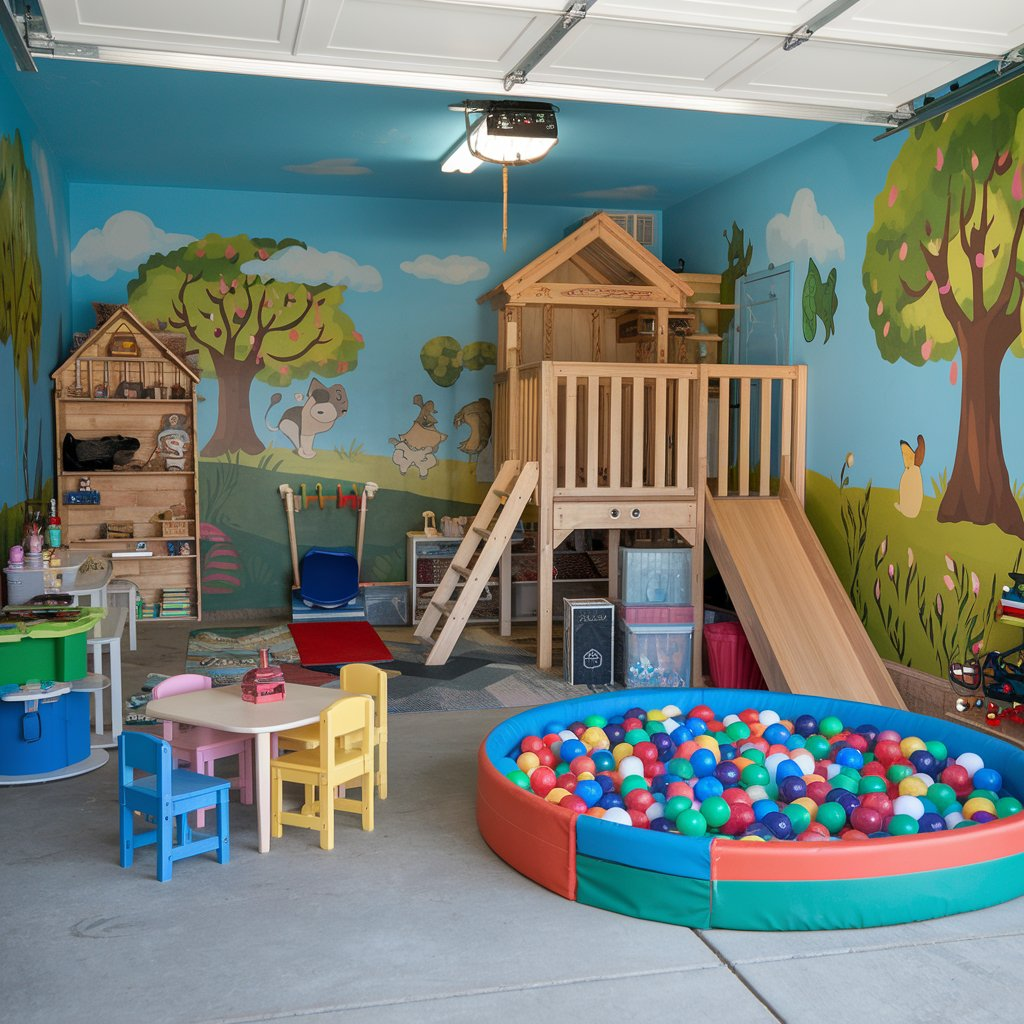
Designing a playroom is about more than just filling the space with toys—it’s about creating an environment that inspires creativity, encourages play, and fosters learning.
Whether you have limited space or an expansive area to work with, there are plenty of ways to make a playroom a creative haven for your child. From interactive walls to soft play zones, the key is to think outside the box and tailor the room to your child’s interests and needs.

